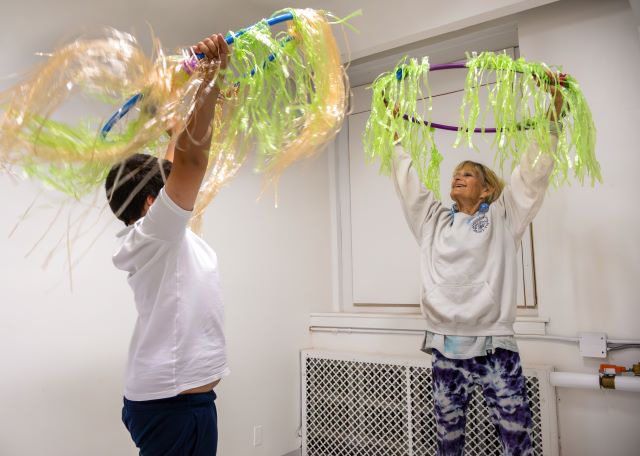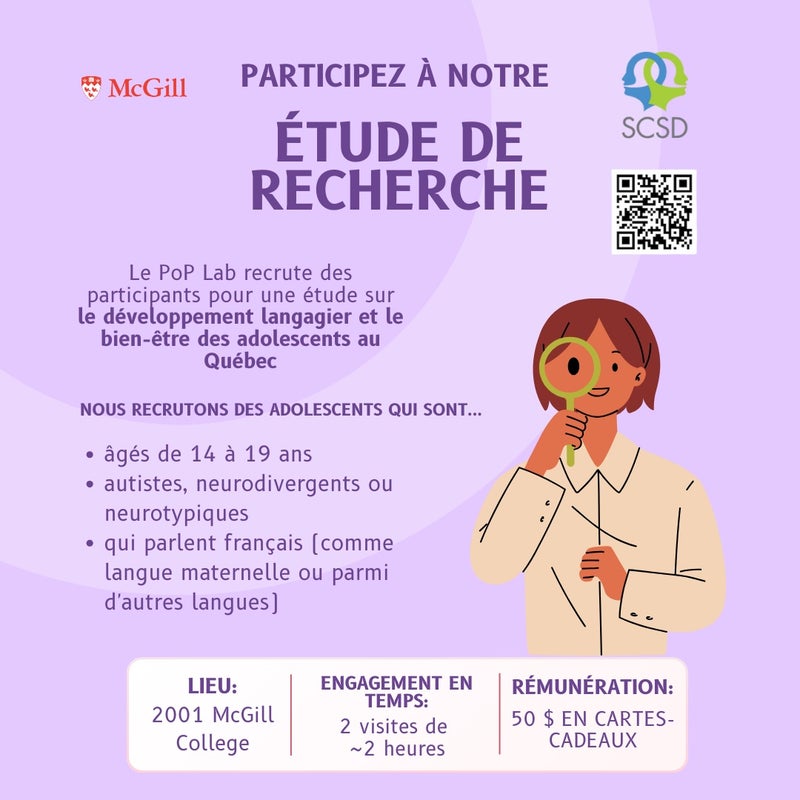Spreading the love of dance

Susan Brotherwood wears many hats. She’s a mother, wife, teacher, trained occupational therapist – but before all that, she was a dancer. Brotherwood pursued a degree in physical education, specializing in dance and remedial education, in England. She later studied at The Place, a London-based dance centre that houses the London Contemporary Dance School and offers university-level courses in contemporary dance. Teaching dance has long been part of her life, she explained. “I’ve been teaching dancing ever since before the kids came along.” When her husband got a job in Canada, prompting her family to relocate, Brotherwood saw an opportunity to pursue a long-held dream. “I’ve always wanted to form a dance group with [individuals] with Down syndrome,” she said. As the mother of a son with Down syndrome, the idea had always been close to her heart. “My son, he’s a beautiful dancer,” she said, reflecting on what inspired her to push for an inclusive dance community. Together with a friend, Brotherwood proposed creating a dance group for individuals with Down syndrome to Les Grands Ballets Canadiens, shortly after the company introduced dance therapy courses. In 2017, Dance 21 was born. The group’s name refers to Trisomy 21 – the most common type of Down syndrome, according to the Canadian Down Syndrome Society. Before long, Dance 21 – now called Dance 21 Plus – began to grow. After moving to a larger locale in Place des Arts, Brotherwood now offers two classes, welcoming children and teens with various disabilities. But she did not stop there. During the Covid-19 pandemic, Brotherwood began working as a childcare worker in a Working on Individual Needs to Grow and Succeed (WINGS) classroom at Roslyn Elementary School (English Montreal School Board) in Westmount. WINGS is a self-contained classroom for students with autism. “Why don’t I teach dance with them?” she thought to herself at the time. She brought the idea to Les Grands Ballets, which had just received a grant from the city of Montreal to support dance programs for neurodiverse students. The project was approved, and, before she knew it, she was teaching dance to the WINGS students. This fall, she returns to Roslyn twice a week, while continuing her work with Dance 21 Plus. “Definitely, I’m going to carry on,” Brotherwood said enthusiastically, noting that her program is always evolving to become more inclusive and accessible. This summer, the group performed two dances at the Festival des Arts de Saint-Sauveur. “That was awesome,” she said. But for Brotherwood, this is just the beginning. “I really would like to take this group – because they’re such a great group –to different venues where they can show that they’re just as good at dance as anyone else.”











